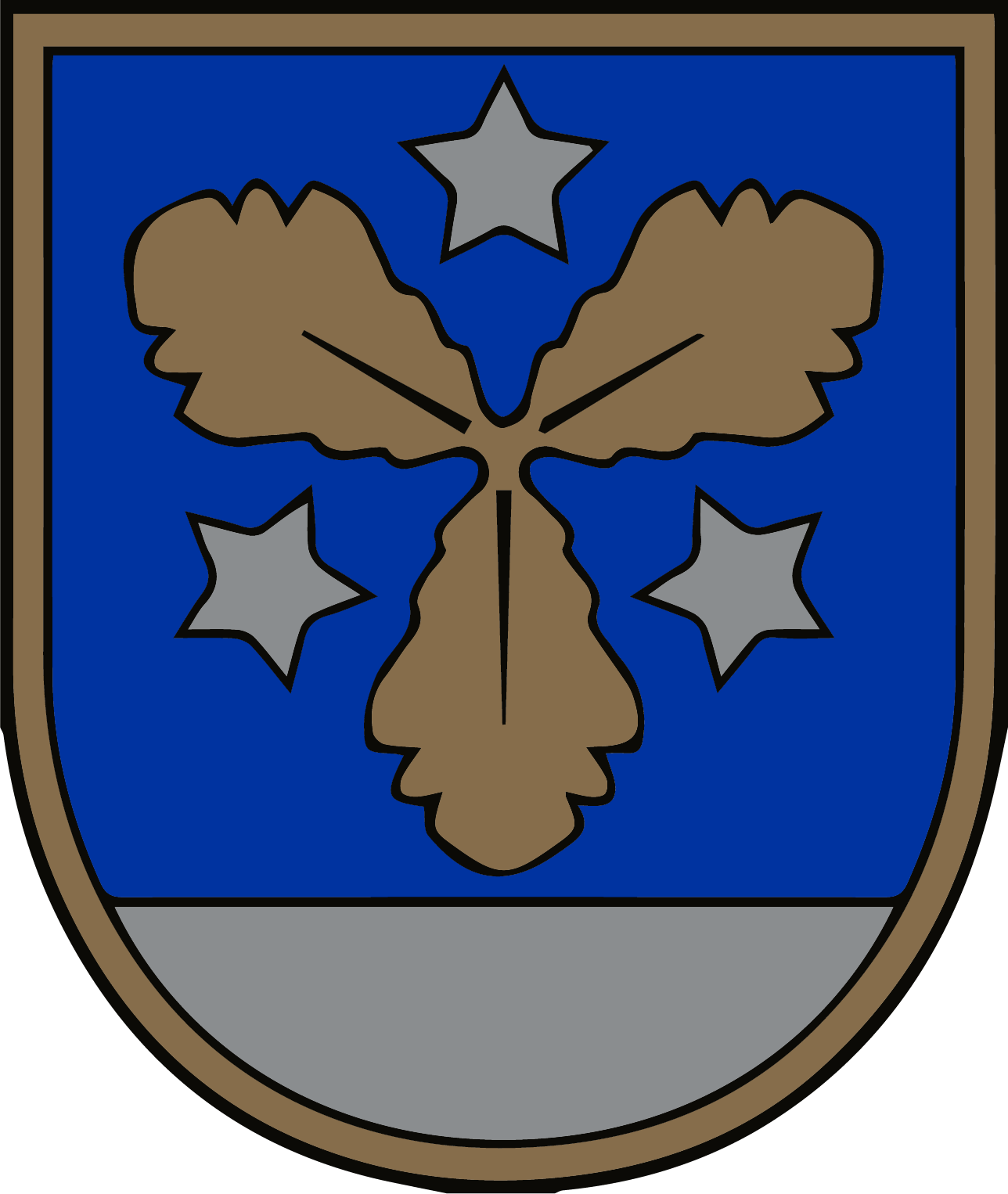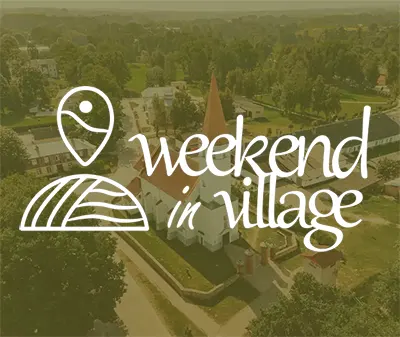Torture chamber
TORTURE CHAMBER
It is hard for modern people to imagine what life was like in the Middle Ages, and the cruel punishments meted out for even the smallest offence. Unlike today, when a person accused of an offence is not punished until proven guilty, nor is the death penalty the ultimate punishment, torture and the death penalty were commonplace in the Middle Ages. In medieval castles in Europe and also in Latvia, torture chambers or torture cellars were an integral part of the castle, where castle people or prisoners were imprisoned, tortured and punished. Criminals from the lowest strata of society were held in the cellars of medieval castles, while the wealthier offenders were arrested in the castle tower. Prisoners could be imprisoned for tax evasion, breaking various laws, fraud, robbery and murder. There were also special cells for women arrested for murder. Magicians and witches, blasphemers and heretics, counterfeiters, arsonists, unfaithful wives were punished.
According to historical sources, the medieval castle of Koknese also had such chambers or prisons. An audit carried out at the end of the 16th century mentions a castle on 2 floors with 5 towers. There were 4 prisons, mostly under the towers.
It is impossible to confirm that such instruments of torture as can be seen in the torture chamber and the courtyard of the castle ruins were present in the medieval castle of Koknese, but it is possible to imagine that they were.
The axe is the most popular and merciless instrument of torture in the Middle Ages. The aim of this form of punishment was not pain, but public shaming. Those who were locked in the stocks were usually spat on, stoned and thrown with rotten fruit.
The torture chair was often used to torture people into confessing to crimes. It had tight straps attached to hold the victim in place, and a heating device was often placed underneath to heat the iron. The Spanish chair was well known in the Middle Ages. This instrument of torture was widely used by the executioners of the Spanish Inquisition and was an iron chair of special construction. The condemned person was seated and his legs were chained to the legs of the chair. Once in this helpless state, a "grill" of glowing coals was placed under the victim's feet and the feet were slowly roasted to increase the torture, then the unfortunate's feet were occasionally doused with oil. Another version of the Spanish chair was often used, which was a metal throne to which the victim was tied and a fire built under the seat, roasting the buttocks.
The stretching table is one of the most famous torture devices of the Middle Ages. Each of the victim's limbs was tied into a rope and then stretched by twisting the handles. This broke the bones, but sometimes the limb would detach completely. Such punishment was particularly cruel and torturous. We cannot say that it was used in this castle, but it was common in medieval Europe.
In the Middle Ages, prisoners were locked in chackles to add to their torment and suffering as they waited in vain for release.
Chaining was common in the torture chambers - chaining the perpetrator to await his day of punishment in fear and ignorance.
Torture basket. The accused was put in a cage and hung from a tree or gallows so the public could cheer and stone the pest.
Koknese Castle in the 17th century.
- Aizkraukle municipality and Koknese tourism information centre
1905. gada iela 7, Koknese
(+371) 29275412, (+371) 65161296 - Aizkraukle tourism information point
Lāčplēša iela 4, Aizkraukle
(+371) 25727419 - Jaunjelgava tourism information point
Jelgavas iela 33, Jaunjelgava
(+371) 27366222 - Plavinas tourism information point
Daugavas iela 49, Pļaviņas
(+371) 22000981 - Skrīveri Tourism Information Point
Daugavas iela 85, Skrīveri, Skrīveru pagasts
(+371) 25661983 - Staburags tourism information point
Staburaga saieta nams, 2. stāvs, Staburags, Staburaga pagasts
(+371) 29892925 - Nereta tourism information stand
Dzirnavu iela 5, Nereta, Neretas pagasts
(+371) 26674300 - Mazzalve tourism information
Skolas iela 1, Ērberģe, Mazzalves pagasts
(+371) 26156535 - Irši manor barn - Magazina
Irši, Iršu pagasts
(+371) 26344757






